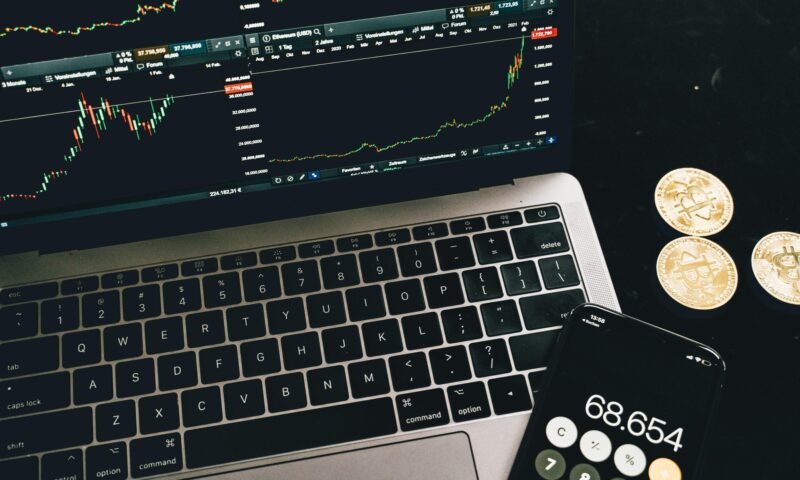
source: Pixels
Stablecoins have created a new way of transacting money that has provided numerous benefits to businesses and consumers alike. By focusing on underserved areas where banking services have traditionally been limited, we can see how this approach helps promote financial inclusion.
What are stablecoins?
These are digital assets that are designed to eliminate the volatility we sometimes associate with cryptocurrencies. This is done by linking the value of each currency to a real asset, such as the US dollar or the euro. In addition to fiat currencies, they can be linked to assets such as gold. A token is backed by the physical reserves of the asset it is tied to, meaning its value must remain stable and tied to the value of that asset at all times.
By combining price stability with the speed and security of blockchain, stablecoins have offered a convenient way to send money across the planet without any risk of the price changing along the way. This makes it ideal as a kind of bridge between fiat currencies and cryptocurrencies, allowing people to move their money quickly and securely across the blockchain.
Tether (USDT), USD Coin (USDC), and DAI are The largest stablecoins By market cap at the moment, but new coins are added to the market regularly, providing additional options for anyone who wants the flexibility of stablecoins.
An easy option for unbanked residents
the World Bank The World Bank estimates that about 1.4 billion people worldwide are unbanked and lack access to basic financial services such as accounts and debit cards. Cryptocurrencies have helped change this by giving them simple access to a wide range of tokens. They also tend to be a low-cost way to move money from one country to another, making them ideal for migrant workers and others who want to send remittances to loved ones in other countries.
Stablecoins are particularly useful for international transfers or as a hedge against inflation in countries that have them Volatile national currenciessuch as Argentina, Turkey and Venezuela at the time of writing. Some users choose to hold stablecoins as a store of value that does not lose value like their country’s fiat currency, while others simply purchase stablecoins when they need to make a payment with them.
Their use cases have grown in recent years, as more people realize that they provide a simple and highly effective way to send money without using banks or other intermediaries. Using a smartphone, anyone with access to the Internet can instantly send or receive stablecoins anywhere in the world. This has removed the need to visit a bank branch or meet stringent regulations to open a traditional bank account.
Reliable cross-border payment option
Stablecoins also provide a reliable option for e-commerce businesses looking to accept cross-border payments more seamlessly. They are effective for businesses and their customers alike, while the fact that unbanked customers can use them allows businesses to reach new markets where not everyone can open a standard bank account to make online payments. This means that banking infrastructure is no longer an issue when deciding which countries to expand into.
Businesses that want to expand by accepting orders from other countries and regions can do so by incorporating a Encrypted payment gateway On their websites. This allows them to accept payments 24/7, without limits or other issues getting in the way. Payment activity can be tracked in real time, allowing businesses to closely monitor the funds being sent to them.
The emergence of stablecoins as a new way to move money easily across borders has opened up new possibilities for businesses and customers who want to move money from one country to another without any worries. As demand continues to increase, we can look forward to seeing a wider range of these digital assets being offered in the future.




